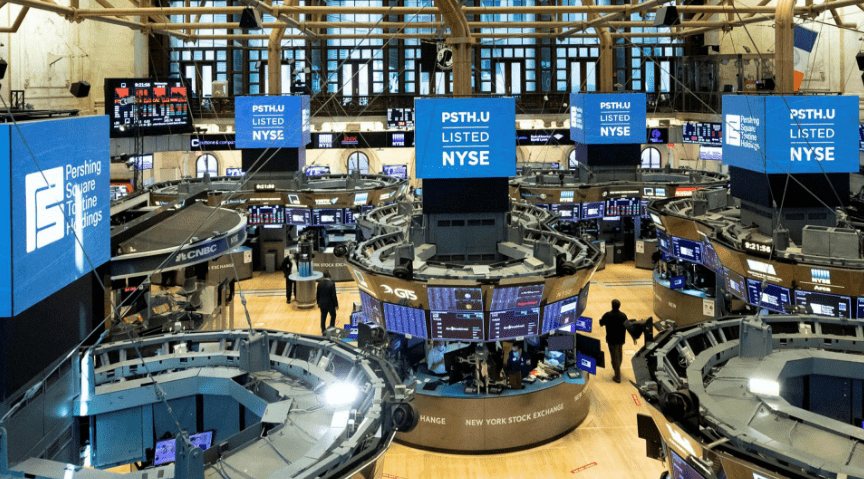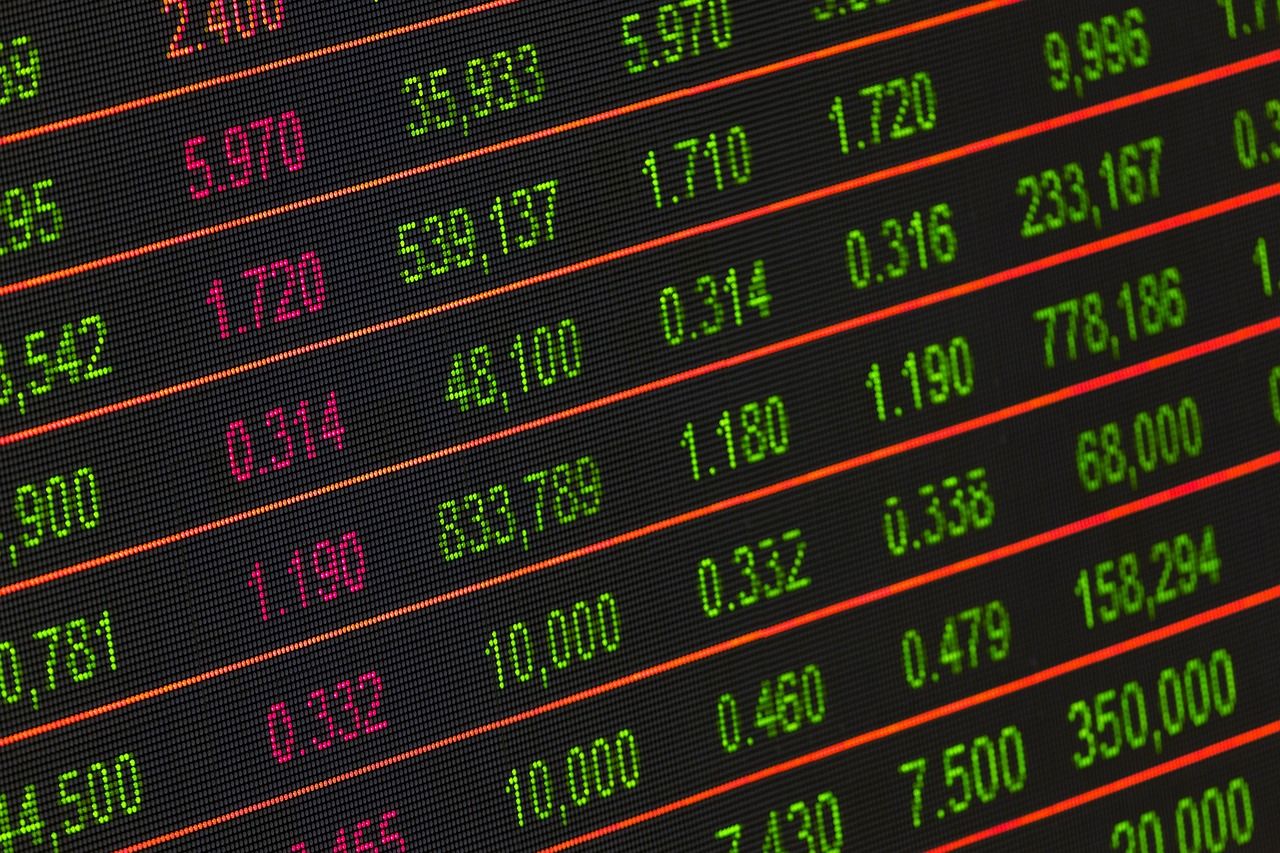An ominous fog of uncertainty has descended on Wall Street. The S&P 500 sits precariously close to the edge of the bear market cliff. Skittish investors scan the horizon for any glimmers of light through the gloom. Fearing the worst, many brace for impact as warnings of a full-blown stock market crash reach a fever pitch.
Just over a year ago, it was a much different scene. The stock market enjoyed a surge like no other, propelled by optimistic investors high on stimulus, low-interest rates, and surging corporate profits. The S&P 500 scaled to new heights, driven by enthusiastic speculation in risky assets like profitless tech companies and cryptocurrencies. The parade seemed like it would never end.
But in the blink of an eye, fortunes reversed. Russia’s unprovoked invasion of Ukraine in late February 2022 underscored just how quickly geopolitical tensions could upset the global economy. Stocks staggered lower through the spring as oil and food prices spiked.

Then the real knockout punch came as the Fed (Federal Reserve) initiated its inflation counterattack. After dismissing rising prices through 2021 as merely “transitory,” the Fed finally admitted defeat. With inflation reaching a 40-year high of 9.1% in June 2022, officials knew interest rates would need to rise – and rise fast.
The central bank has already lifted rates six times this year to a range of 3.75% to 4% announced on November 2, 2023, the swiftest pace of hikes since the 1980s. Further increases are imminent as the Fed keeps a laser focus on crushing inflation no matter the cost. Markets scurried for cover as rate hikes meant borrowing costs would shoot higher across the entire economy.
With American consumer, corporate, and government debt exceeding $31 trillion, the impact promises to be dramatic and will no doubt have lasting impacts worldwide, including in Australia. Everything from mortgages and car loans to corporate bonds and treasuries now carry significantly higher interest rates, putting stress on households and businesses.

Despite its good intentions, the Fed’s inflation fight risks plunging the economy into recession as rates continue climbing. Gross domestic product has already contracted for two straight quarters this year. While that doesn’t guarantee a recession, the warning signs flash bright red.
So far, the American job market has held strong, with unemployment still hovering near 50-year lows around 3.7% as of October 2023. But observers highlight emerging cracks as job openings decline, technology and housing firms cut staff, and giants like Amazon freeze hiring.
Manufacturing and services activity is slowing significantly, consumers are losing confidence amid high prices, and the strong dollar has hurt exports. Layoffs have picked up in housing, technology, banking, and other sectors. Giants like Amazon, Meta, and Goldman Sachs have halted hiring.
Credit conditions have tightened sharply, capital markets have frozen, and liquidity has dried up – creating additional headwinds. Small businesses are struggling to access affordable financing, posing risks to employment.
With consumers feeling the inflation sting and corporate profits squeezed, the stage appears set for stocks to suffer mightily as growth forecasts dim. Market historians point to similar periods in 1929, 2000, and 2008 when stocks were overvalued, the Fed aggressively tightened policy, and recession loomed. Severe crashes soon followed, inflicting heavy tolls on investors.
While the timing and extent of any potential downturn is unknowable, the winds clearly suggest gathering storm clouds. Perhaps wise investors should listen closely when hearing warnings of crashing thunder in the distance.
But is a catastrophic lightning strike inevitable? Market prognosticators debate intensely. Some remain steadfast that the clouds will pass – that the economy can achieve a “soft landing” as the Fed tames inflation without sparking a deep recession. They point to the still-resilient job market and strong consumer spending so far.
Others insist a crash is all but guaranteed given the unprecedented confluence of risky conditions. They believe 2024 will look far different once the Fed’s tightening starts to fully bite, corporate profits shrink further, and layoffs accelerate.
For now, white-knuckled holders of stocks have little choice but to brace through the turbulence. While optimism and pessimism wrestle, uncertainty prevails. Those betting on blue skies ahead may require very deep pockets to endure the volatile path.
As markets teeter at the bear cliff’s edge, wary investors buckle up, ready to shield their portfolios from the fierce winds and swirling darkness. How much longer until the gathering storm unleashes its fury? The world watches the horizon with bated breath.

